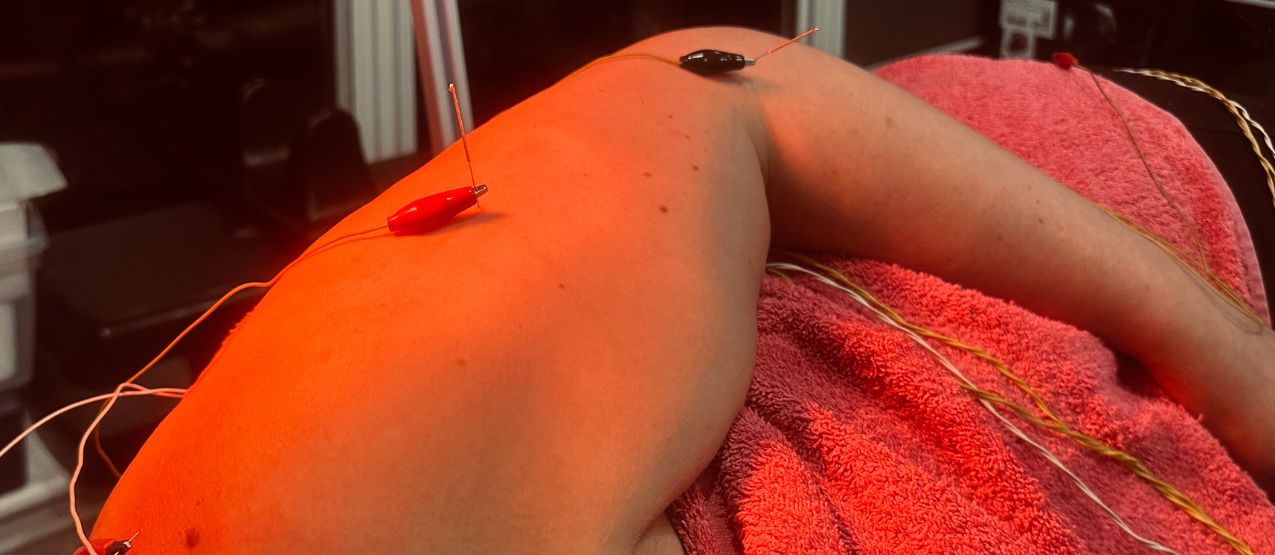Sports massage has become an integral part of sport training and recovery programs around the world. While this specialized form of massage therapy shares some similarities with traditional massage techniques, its focus on athletic performance and recovery sets it apart. Let’s explore this therapeutic approach in detail.
A Brief History
The practice of sports massage dates back to ancient civilizations. The Greeks and Romans recognized the importance of massage for their athletes, using it to prepare for competition and aid recovery. However, modern sports massage as we know it today began taking shape in the early 20th century, particularly during the 1924 Olympics in Paris, where massage was first officially used as part of athletic training.
Benefits of Sports Massage
Sports massage offers numerous advantages for athletes and active individuals:
Physical Benefits
- Enhanced blood circulation and lymphatic drainage
- Reduced muscle tension and prevention of adhesions
- Increased flexibility and range of motion
- Faster recovery from intense training sessions
- Decreased risk of injury through improved muscle tone
- Better posture and body awareness
Mental Benefits
- Reduced anxiety and stress levels
- Improved sleep quality
- Enhanced focus and mental clarity
- Increased body awareness
- Greater sense of well-being
Recovery Enhancement
Sports massage plays a crucial role in athletic recovery through several mechanisms:
- Metabolic Waste Removal: The massage techniques help flush out lactic acid and other metabolic waste products that accumulate during intense exercise.
- Tissue Repair: Enhanced blood flow brings more oxygen and nutrients to damaged tissues, accelerating the healing process.
- Inflammation Management: Specific techniques can help reduce swelling and inflammation, particularly after intense training or competition.
- Muscle Tension Release: Deep tissue work and stretching help prevent the formation of adhesions and reduce muscle tightness.
Contraindications
While sports massage is generally safe, there are several situations where it should be avoided:
- Acute injuries or inflammation
- Fever or infectious conditions
- Deep vein thrombosis
- Severe osteoporosis
- Skin infections or open wounds
- Recent surgery
- Certain cardiovascular conditions
- Severe varicose veins
Potential Side Effects
Most people tolerate sports massage well, but some temporary side effects may occur:
- Mild soreness for 24-48 hours
- Temporary fatigue
- Increased thirst due to metabolic waste release
- Emotional release
- Light bruising in some cases
Recommendations for Getting the Most from Sports Massage
Timing:
- Pre-event: 3-5 days before competition
- Post-event: 1-3 days after competition
- During training: Every 1-2 weeks depending on training intensity
Preparation:
- Stay well hydrated before and after the session
- Wear comfortable, loose-fitting clothing
- Communicate clearly about your needs and any concerns
- Be honest about your medical history and current conditions
Post-Massage Care:
- Drink plenty of water
- Avoid intense exercise for 24 hours
- Pay attention to how your body responds
- Follow any specific recommendations from your therapist

Professional Physiotherapy Services at Peter’s Physiotherapy Glasgow
While we don’t offer standalone sports massage services, we incorporate massage techniques as part of our comprehensive physiotherapy treatment plans. Our approach combines various therapeutic methods to address your specific needs and goals.
Book Your Physiotherapy Assessment Today
At Peter’s Physiotherapy in Glasgow, we understand that recovery and performance optimization require a multifaceted approach. Our qualified physiotherapists assess your individual needs and develop personalized treatment plans that may include elements of sports massage alongside other evidence-based interventions.
Remember, while sports massage can be beneficial, it’s most effective when integrated into a comprehensive treatment and training program. Consult with a qualified healthcare professional to determine the best approach for your specific situation.
Disclaimer: This blog post is for informational purposes only and does not constitute medical advice. Always consult with a qualified healthcare professional before starting any new treatment program.





